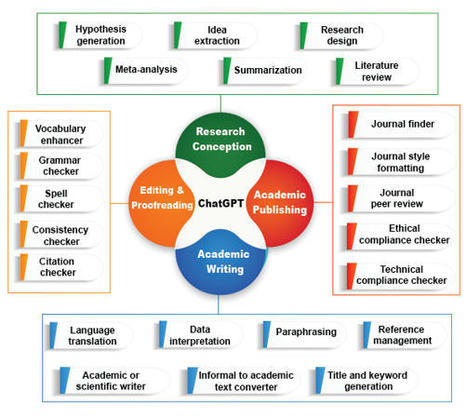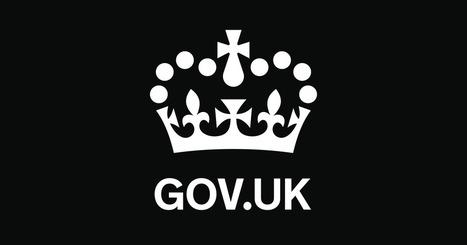Cet ouvrage, « Manuel de formation mondial : l'IA et l'état de droit pour le pouvoir judiciaire », répond à ces besoins et fournit aux acteurs judiciaires (juges, procureurs, avocats, juristes, facultés de droit et établissements de formation judiciaire) les connaissances et les outils nécessaires pour comprendre les avantages et les risques de l'IA dans leur travail. Ce manuel de formation aidera les acteurs judiciaires à atténuer les risques potentiels de l'IA pour les droits humains en fournissant des conseils sur les lois, principes, règles et jurisprudences internationales pertinents en matière de droits humains qui sous-tendent l'utilisation éthique de l'IA.« Les guerres prenant naissance dans l'esprit des hommes, c'est dans l'esprit des hommes que doivent être élevées les défenses de la paix. »35000Acteurs judiciairesde plus de 160 paysparticipent activement à l’Initiative des juges de l'UNESCO
Research and publish the best content.
Get Started for FREE
Sign up with Facebook Sign up with X
I don't have a Facebook or a X account
Already have an account: Login
Compilation of information related to vocational training in English
 Your new post is loading... Your new post is loading...
 Your new post is loading... Your new post is loading...
No comment yet.
Sign up to comment

CECI Jean-François's curator insight,
October 9, 2023 9:21 AM
De nombreux exemples de prompts pour ChatGPT dans le domaine de l'écriture et de la production scientifique. Document très intéressant pour les chercheurs... |
|





















